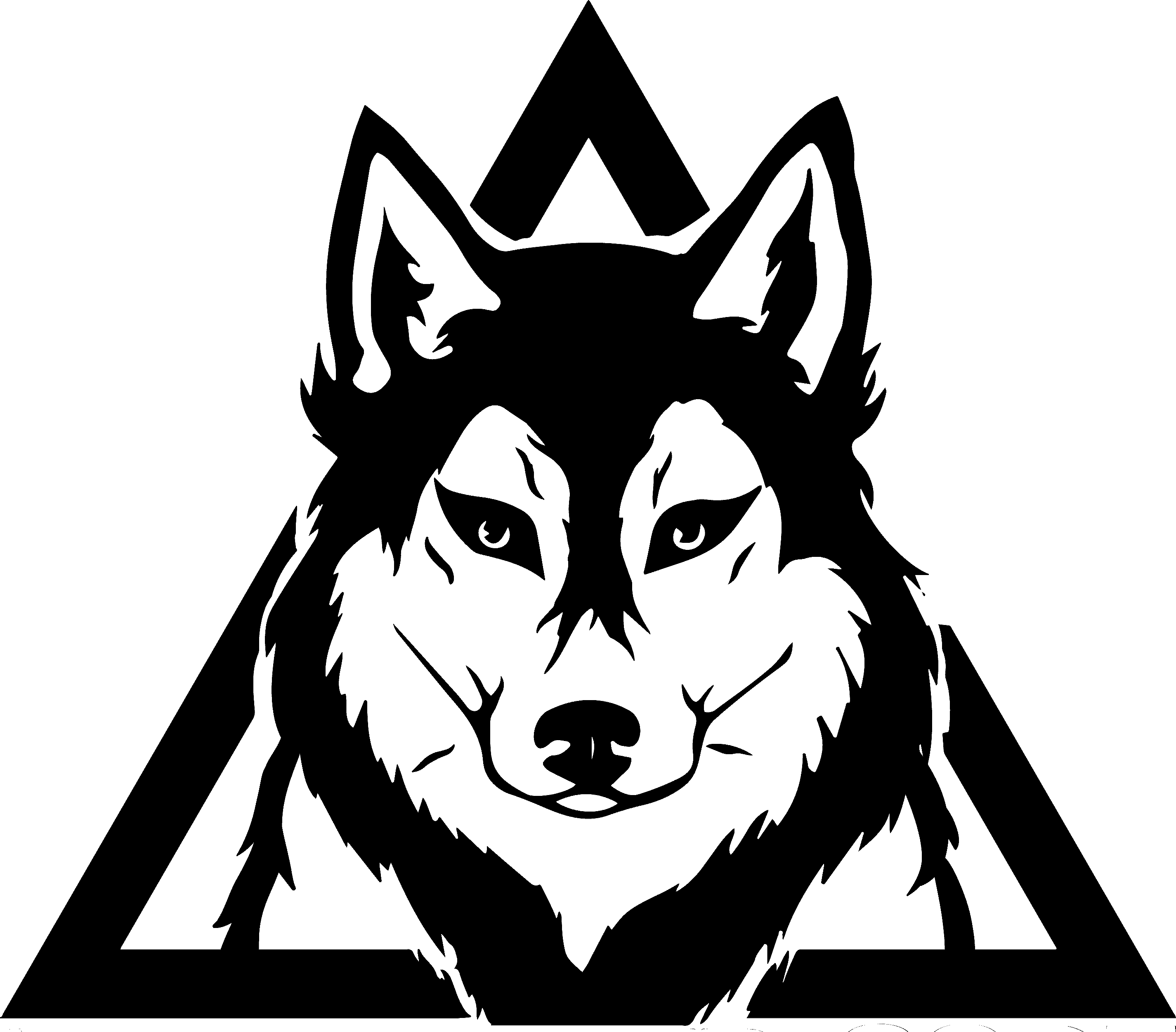Whether you’re a wildlife enthusiast or simply eager to immerse yourself in nature, a dog sledding tour offers a unique opportunity to encounter iconic Nordic species in their natural habitat.
Below, we’ll dive into the amazing wildlife you might encounter during your journey, tips on spotting them, and the best times of year to catch a glimpse of these incredible animals.
The Wildlife You May Encounter on Your Dog Sledding Tour
Reindeer
Reindeer are among the most iconic animals of Lapland and are often spotted during dog sledding tours in Kiruna. These sturdy, majestic animals are semi-domesticated and play an essential role in Sami culture, the indigenous people of this region. Reindeer are often seen grazing in the open fields and forest edges. Their distinctive antlers and thick, fluffy coats make them well adapted to the cold, snowy landscape.
While reindeer sightings are common in winter, keep an eye out for them grazing or traveling in small herds. Many dog-sledding trails cut through areas where reindeer are known to roam.
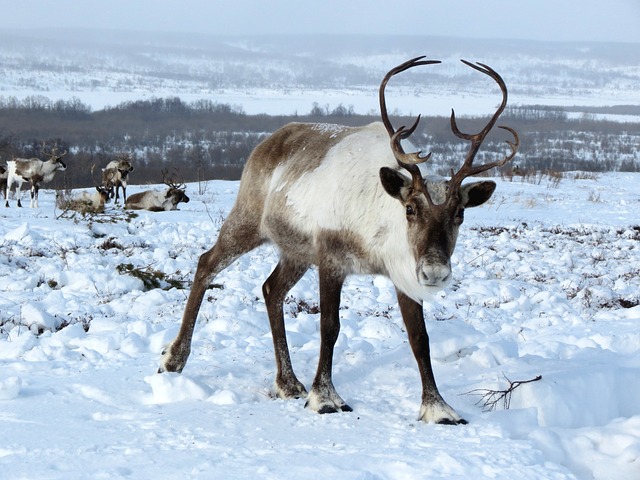
Moose (Eurasian Elk)
Moose, known locally as Eurasian elk, are the largest land mammals in Europe and can occasionally be spotted around Kiruna. With their towering height, long legs, and impressive antlers (in males), moose are unforgettable to see in the wild. Moose are generally solitary and more elusive than reindeer, so spotting one feels like an extra-special treat. They’re often found in forested areas close to water sources, as they rely on wetlands and marshes for sustenance. A glimpse of a moose grazing or walking through the snowy landscape from your dog sled is a highlight of any tour.

Arctic Fox
Small yet perfectly adapted to the freezing conditions of Lapland, the Arctic fox is a rare but treasured sight. With its fluffy, snow-white winter coat, this tiny predator blends seamlessly into the snowy landscape, making it challenging to spot. Arctic foxes are curious animals and may sometimes approach a dog sled out of interest, especially in remote areas where they encounter fewer humans. While they are primarily active during dawn and dusk, the thrill of potentially spotting one darting through the snow adds excitement to any dog-sledding trip.
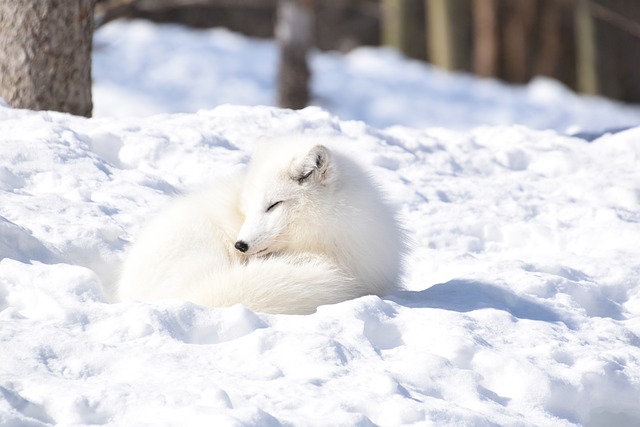
Wolverine
Wolverines are elusive and powerful animals, known for their strength and ferocity relative to their size. While they are challenging to spot due to their shy nature, dog-sledding tours that traverse remote areas increase the chance of an encounter. Wolverines are most often spotted in densely forested or mountainous areas and are identifiable by their shaggy fur and distinctive brown-and-white coloring. Although sightings are rare, encountering a wolverine is an exhilarating experience, as these solitary animals are a true symbol of the wild and untamed nature of Lapland.

Red Fox
Unlike the Arctic fox, red foxes are more widespread and adaptable, and they can often be seen in the vicinity of Kiruna’s forests and fields. With their striking red fur and bushy tails, red foxes are beautiful animals to spot. They are active during twilight hours, though they can sometimes be seen during the day. While not as rare as some of the other wildlife on this list, the red fox’s alert and cunning nature makes every sighting memorable.
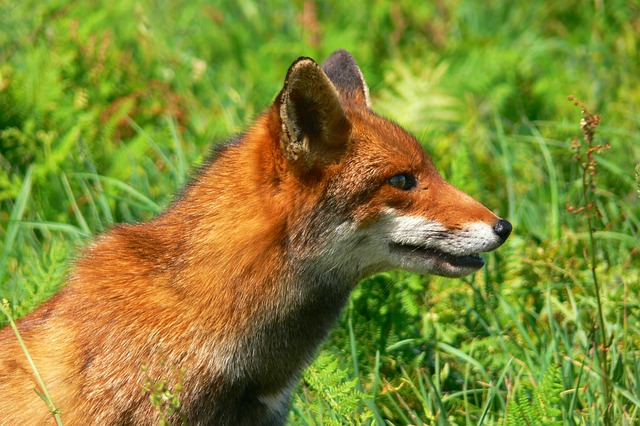
Ptarmigan (Willow Grouse)
Ptarmigans are fascinating birds perfectly camouflaged for the winter season. In winter, they molt into a pure white plumage that helps them blend into the snow, making them tricky to spot at first glance. However, their distinctive clucking calls and occasional movement among the brush can give them away. These birds are found in open, scrubby areas, and during the dog-sledding season in winter, they’re often seen in small flocks. A sighting of these birds adds a unique touch to your tour, as their seasonal white feathers are a testament to nature’s remarkable adaptability.
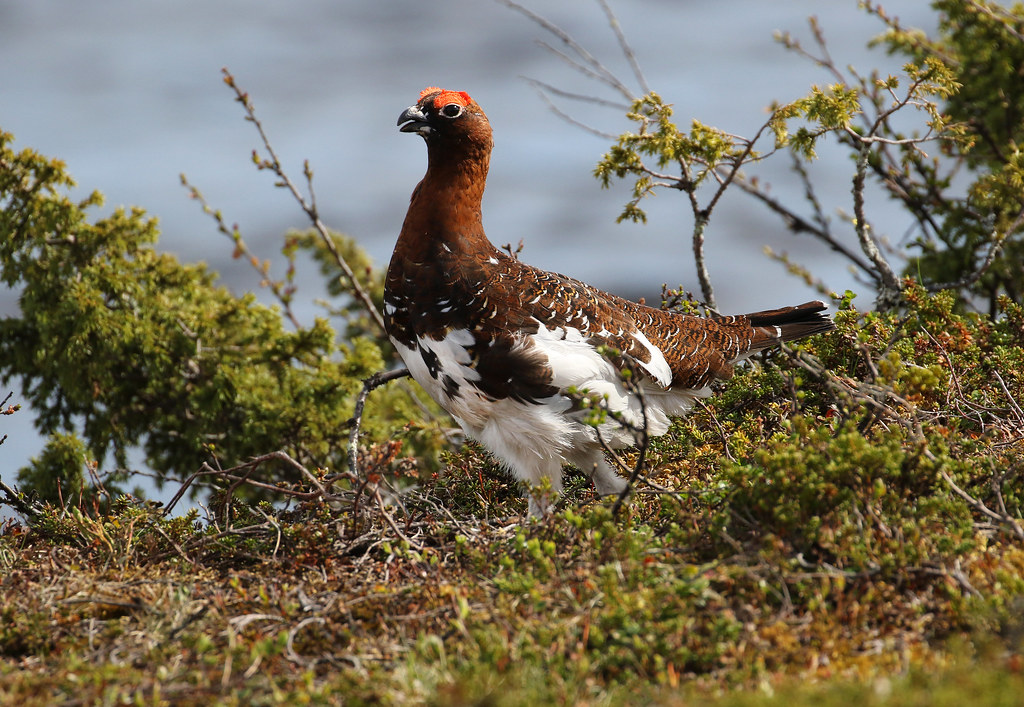
Golden Eagle
The golden eagle is one of Europe’s most impressive birds of prey, with a wingspan that can reach over two meters. Kiruna’s open landscapes and forests provide an ideal habitat for these majestic birds. Golden eagles are known to hunt small mammals, and they are sometimes seen circling above in search of prey. While you’re gliding silently through the snow, keep an eye on the sky for a chance to see one of these magnificent birds soaring above. Spotting a golden eagle in flight is a powerful reminder of Lapland’s wild and untamed spirit.

Snowy Owl
A truly magical bird of the Arctic, the snowy owl is both elusive and awe-inspiring. This large, white owl has piercing yellow eyes and can occasionally be spotted during the winter months in the Kiruna area, especially in open fields and tundra regions. Snowy owls are mostly active at dawn and dusk but can sometimes be seen during the day. With their silent flight and ghostly white appearance, snowy owls blend seamlessly with the snowy landscape. If you’re lucky enough to spot one, it’s an experience you’ll never forget.
Best Tips for Spotting Wildlife on a Dog-Sledding Tour
- Stay Quiet and Observant: Wildlife tends to be shy and easily spooked. Avoid loud noises, and keep conversations to a minimum to increase your chances of spotting animals.
- Bring Binoculars: Many animals, especially birds, can be seen from a distance. Binoculars help you get a closer look without disturbing them.
- Wear Polarized Sunglasses: The bright white of the snow can be hard on your eyes, and polarized sunglasses can reduce glare, making it easier to spot subtle movements in the landscape.
- Ask Your Guide: Local guides are familiar with animal behaviors and know the best spots to see wildlife. Don’t hesitate to ask them for tips on what to look for.
- Early Morning and Dusk Tours: Many Arctic animals are crepuscular, meaning they are most active during dawn and dusk. Opting for an early morning or late afternoon dog-sledding tour increases your chances of encountering wildlife.
- Use a Camera with a Zoom Lens: If you’re hoping to capture photos of wildlife, bring a camera with a good zoom lens to photograph animals from a respectful distance.
When to Go for the Best Wildlife Sightings
Winter is the prime season for dog-sledding tours in Kiruna, generally running from late November to April. During this time, the snow-covered landscape provides an ideal backdrop for spotting Arctic wildlife.
- Early Winter (November to December): Days are shorter, and the region may still be in the polar night period, but this is a magical time to see animals in low light. The snow is fresh, and the chances of spotting larger animals like moose and reindeer are high.
- Mid-Winter (January to February): The days start to lengthen, and animal activity often increases. Mid-winter offers a balance between daylight and animal sightings, making it an ideal time for photography.
- Late Winter (March to April): By late winter, days are longer, and temperatures are milder. Many animals become more active in preparation for spring, offering plenty of wildlife-spotting opportunities.
Conclusion
A dog-sledding tour in Kiruna isn’t just about the thrill of gliding across the snowy landscape behind a team of enthusiastic dogs; it’s also a unique chance to connect with nature and witness the remarkable wildlife of Swedish Lapland. From reindeer and moose to elusive wolverines and majestic golden eagles, each animal sighting adds to the magic of your journey.
So, if you’re planning a dog-sledding adventure in Kiruna, keep your eyes peeled and your camera ready. With a bit of luck and patience, you may just find yourself face-to-face with the wild beauty of the Arctic.
